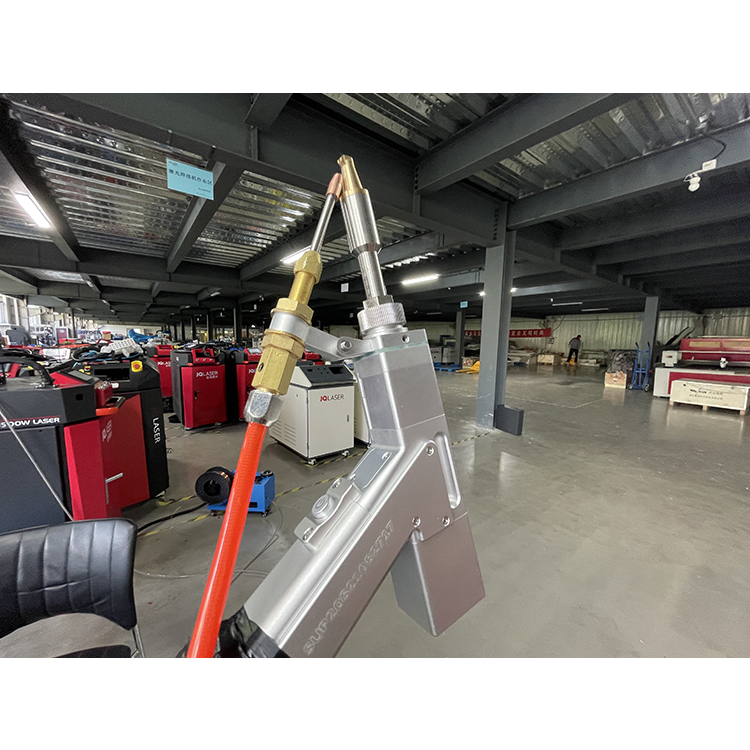Digital cameras play a vital role in laser cutting machines, improving their functionality, precision, and efficiency. Here are their contributions:
- Alignment and Positioning
Workpiece centering: Digital cameras help accurately position the workpiece on the laser cutting bed. By capturing real-time images, they allow for precise adjustments to ensure that the material is properly aligned before cutting.
Automatic registration: For pre-printed or pre-cut materials, cameras can detect registration marks, ensuring the laser cut is in the correct position relative to the printed design. - Quality Control and Inspection
Pre-cutting inspection: Cameras can check for defects or inconsistencies in the material before cutting begins, ensuring that only quality materials are processed.
Post-cutting inspection: During the cutting process, cameras can check the accuracy of the cut piece, checking for deviations from the desired size and shape. - Process Monitoring
Real-time monitoring: The camera provides real-time information on the cutting process, allowing the operator to monitor and intervene if any problems arise. This helps maintain consistent quality and avoid material waste.
Feedback loop: By analyzing the cutting process in real time, the camera can provide feedback to the control system, dynamically adjusting laser parameters such as power and speed to optimize cutting performance. - Enhanced Automation
Vision Guidance System: An integrated camera system enables fully automated operation, where the machine can autonomously adjust the cutting path based on visual input, making the process more efficient and reducing the need for human intervention.
Barcode/QR Code Scanning: The camera can read a barcode or QR code on the material and automatically retrieve cutting instructions, streamlining the workflow and minimizing errors. - Precision and Accuracy
Edge Detection: Digital cameras enhance precision by precisely detecting the edge of the material. This ensures the laser begins cutting at the correct point, reducing material waste and ensuring high-quality results.
Feature Recognition: Advanced image processing algorithms allow the camera to recognize specific features on the material, guiding the laser to perform complex cuts with high precision. - Safety Enhancements
Obstacle Monitoring: The camera can detect any foreign objects or obstructions on the cutting table, preventing potential damage to the machine or material.
Operator Safety: By providing a visual feed of the cutting area, the camera helps maintain a safe distance between the operator and the laser, reducing the risk of accidents.
Conclusion
Integrating digital cameras in laser cutting machines greatly enhances their capabilities, resulting in increased precision, improved quality control, and greater automation. This not only improves the efficiency and effectiveness of the cutting process, but also ensures better safety and reliability in industrial applications.

